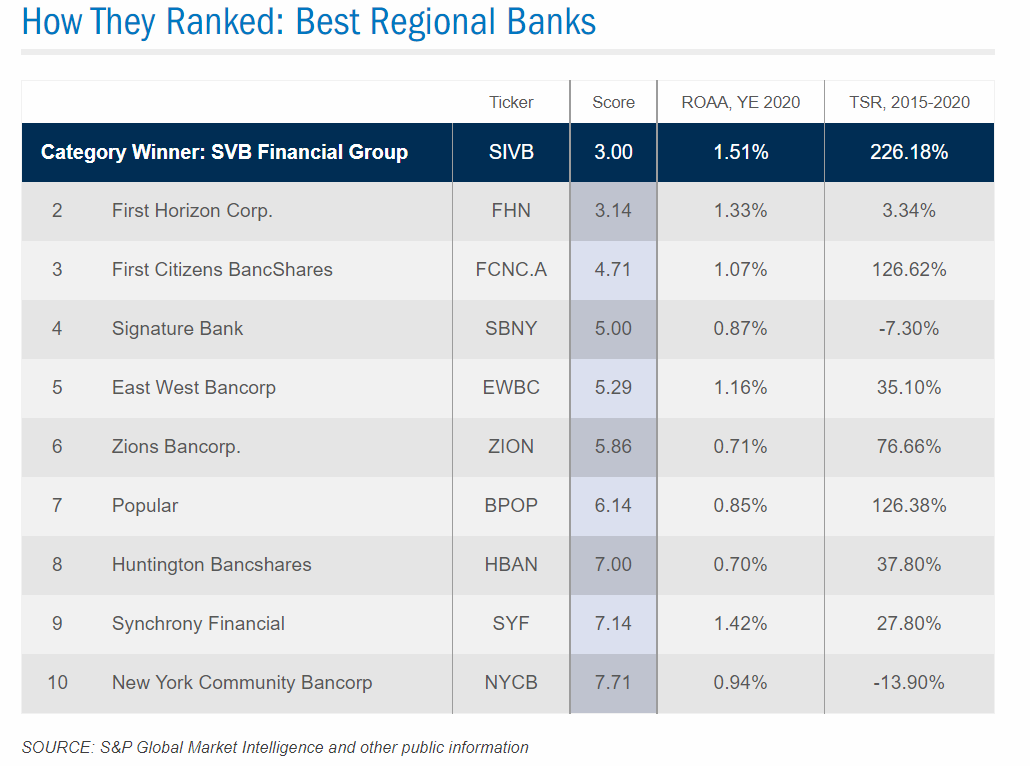The South African equity market is considered as one of the frontier markets. Most investors consider South African as an investment destination related to natural resources such as gold, silver, etc. However some banks in South Africa may offer good opportunities for investors looking to gain exposure to the banking sector in that country.
The recently released Annual Report 2008 by the Registrar of Banks provides a detailed analysis on the status of South African banks. Some of the takeaways from this report are:
- Â In 2008 South African banks remained stable and were well capitalized
- The capital-adequacy ratio of the sector rose to 13.0% at the end of the year from 11.8% in January,2008
- The Tier 1 capital ratio stood at 10.2% at the end of 2008
- Banking sector assets grew by 24.5% last year
- Despite the turmoil in the international financial markets, banks remained profitable with return on equity at 28.7%
- Liquid assets held by banks exceeded well above the regulatory requirements
- Impaired assets as a percentage of total assets grew to 3.8% by the end of December,2008
- South Africa implemented the Basel II requirements successfully in 2008
- On Basel II implementation, the IMF commented “Overall, the Basel II implementation process in South Africa has been of high quality, backed by professional and competent supervisory staff and strong buy-in from the industry, and reflects a high degree of compliance with the criteria in the methodology.”
- Securitization in South Africa was less complicated than in the USA and European countries
- Assets held by South African banks tend to have high level of transparency
- South Africa’s sophisticated financial system is fundamentally sound and banks did not take unwarranted risks
- Foreign shareholders hold 46% of all bank stocks at the end of December, 2008
- The financial leverage ratio of banks stood at 17.% compared with ratios of 30% or even 60% in developed countries
Source:Â South African Reserve Bank
For US investors, none of the South African banks are listed in the organized exchanges.But some of them trade on the OTC markets. NedBank (OTC:Â NDBKY) had a profit margin of about 25% last year and it currently pays a dividend of 5.38%. The stock has more than doubled from its March lows in the $12 range.Absa Group Ltd. (OTC: AGRPY) offers 1 4.76% yield. Both Absa and NedBank are sponsored ADRs with Bank of New York Mellon as the depository.
Two unsponsored ADRs for Investec and Standard Bank are also available. Investec (OTC: ITCFY) seems to be rarely traded. Standard Bank (OTC: SBGOY) is the largest bank by assets and earnings in South Africa with operations in 17 other African countries and 16 other countries outside of Africa. SBGOY is also rarely traded. As of December,2008 Industrial and Commercial Bank of China(ICBC) holds 20% of the equity. Standard concentrates on expanding in emerging markets of the world.
Another way to invest in South African banks is via the iShares MSCI South Africa ETF (EZA) which holds South African banks in the portfolio. Standard bank is one of the top 10 holdings with 6.5% weightage. Absa, Nedbank, Investec are also represented in the fund.Overall as of the end of May, 22% of the fund’s assets are invested in the financial sector.

